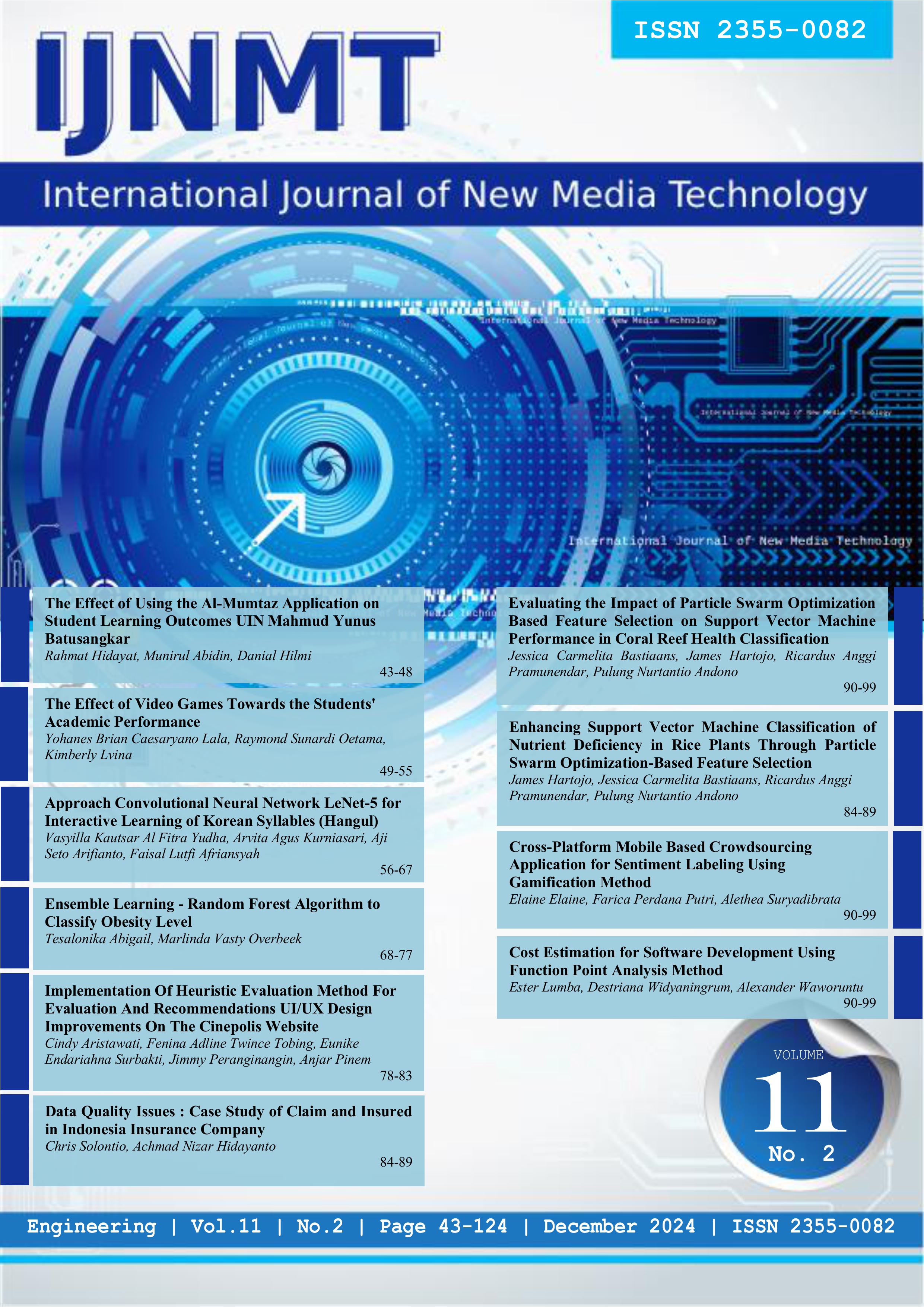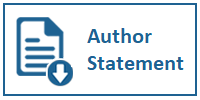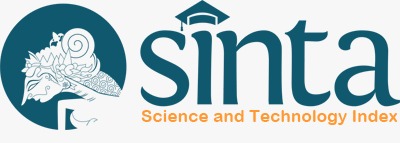The Effect of Using the Al-Mumtaz Application on Student Learning Outcomes UIN Mahmud Yunus Batusangkar
DOI:
https://doi.org/10.31937/ijnmt.v11i2.3614Abstract
Abstract” In today's digital era, the utilization of technology in the learning process is becoming increasingly important. Online learning applications such as Al-Mumtaz have the potential to overcome the limitations of conventional learning methods and increase student interest and motivation to learn. However, the effect of using the Al-Mumtaz application on student learning outcomes at Mahmud Yunus State Islamic University Batusangkar has not been widely studied. This study aims to identify and analyze the effect of using the Al-Mumtaz application on student learning outcomes at UIN Mahmud Yunus Batusangkar and provide evidence-based recommendations regarding the effectiveness of digital learning applications. This study used a quantitative pre-experiment design with a sample of Arabic language education students who used the Al-Mumtaz application. Data were collected through initial and final tests, and analyzed using validity, reliability, normality, homogeneity, and paired t tests. The analysis showed that 10 out of 15 questions were valid and reliable. The data were normally distributed and met the assumption of homogeneity of variance. The paired t-test revealed a significant mean difference between the pre-test (62.50) and post-test (89.00) scores after the use of Al-Mumtaz application, with an increase of 23.50.The use of Al-Mumtaz application in Arabic language learning at UIN Mahmud Yunus Batusangkar provides significant results.This study confirms the positive effect of Al-Mumtaz application on student learning outcomes and highlights the importance of technology in improving the effectiveness of learning in the academic environment.
Downloads
Downloads
Published
How to Cite
Issue
Section
License
Authors retain copyright and grant the journal right of first publication with the work simultaneously licensed under a Creative Commons Attribution-ShareAlike International License (CC-BY-SA 4.0) that allows others to share the work with an acknowledgement of the work's authorship and initial publication in this journal.
Authors are able to enter into separate, additional contractual arrangements for the non-exclusive distribution of the journal's published version of the work (e.g., post it to an institutional repository or publish it in a book), with an acknowledgement of its initial publication in this journal.
Copyright without Restrictions
The journal allows the author(s) to hold the copyright without restrictions and will retain publishing rights without restrictions.
The submitted papers are assumed to contain no proprietary material unprotected by patent or patent application; responsibility for technical content and for protection of proprietary material rests solely with the author(s) and their organizations and is not the responsibility of the IJNMT or its Editorial Staff. The main (first/corresponding) author is responsible for ensuring that the article has been seen and approved by all the other authors. It is the responsibility of the author to obtain all necessary copyright release permissions for the use of any copyrighted materials in the manuscript prior to the submission.















